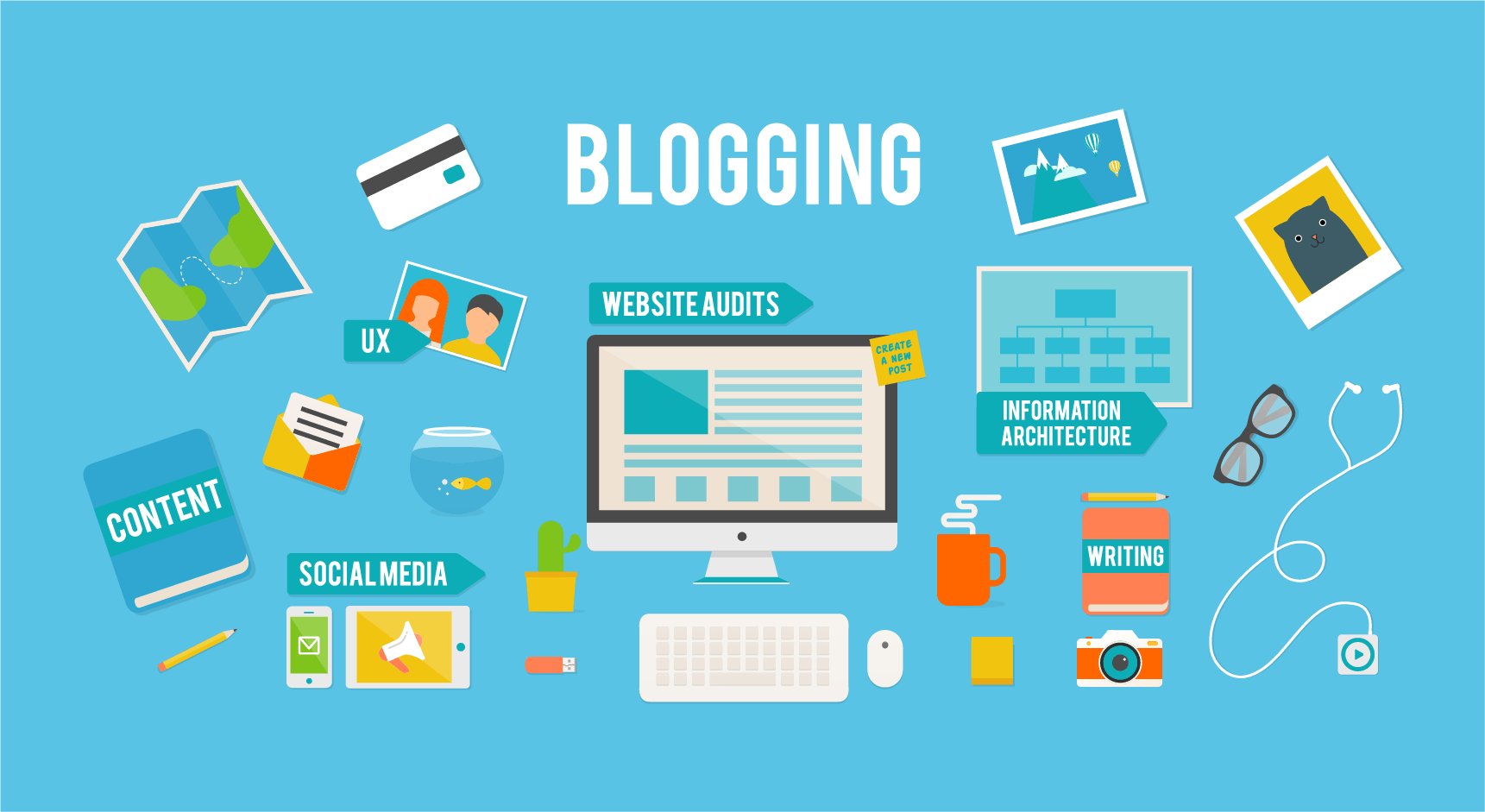Services List
"Should I use bold or italics for this text? I'm confused!” Many have wondered about this while writing blog posts.

I'm sure plenty of times, right? Bold, italics and underlines I’m sure they are attractive. But, how to use them in blog posts? What are their uses? These are the exact things, which we are going to share in this post.
Covered in this article
Benefits of Bold, Italics, and Underlines
Where To Use Bold, Italics, And Underlines?
Elevate Your Marketing Campaign with Joburg.co.za
Final words
Benefits of Bold, Italics, and Underlines
Most copywriters know that bolding, italicising and underlining keywords have an SEO benefit. However, when done in excess, over-optimisation warning beeps.
Is SEO the only advantage of these text formatting tags?
Here are some of the benefits of bold, italics and underlines in blog posts.
- Increase average read time: Most of the blog readers are speed-readers. They just skim through the blog post.
I can say– “Think text-formatting tags as speed-breakers”, without which readers quickly slip away from your blog.
When you highlight a piece of content using text formatting tags, they slow down their reading speed and read in detail when they come across these speed-breakers. - Content will be more scannable: Readers will love it. Think of a post that doesn’t have any text formatting tags and is written like a story. And the reader is searching only for a bit of information from it. It surely freaks him out! Most of the readers are typography lovers; they love to read blog posts with great typography.
- Bold tags can act as a substitute for headings: Excessive use of heading tags hurts SEO. There should be at least 100 words below every heading tag, which is not possible most of the time. In that case, the usage of bold tags instead of header tags help.
- Bolding, Italicising and Underlining keywords: This is one of the SEO techniques to make the blog post keyword optimised. When done on exact keywords, this may appear as over-optimisation in the eyes of Google. Try to highlight part of the main keyword or LSI keywords.
- All formatting tags perfectly integrate with the blog's design: Formatting tags appear great in all sorts of blog designs. It enhances the design and typography of your blog.
These are some of the benefits of bold, italics, and underlines. In addition to these, it also makes the article attractive and visually appealing.

Where To Use Bold, Italics, And Underlines?
Bold or strong
- Important phrases.
- Highlighting keywords.
Bold is used to highlight the text and capture the readers’ attention.
The bold tag is used for strong emphasis. When you feel like emphasising something, you need to first consider using italics, only use bold text if you are not satisfied by the emphasis the italics did to your text.
Some people, I call them over-emphasisers, have the habit of adding bold or italic tags to an entire paragraph or using bold italics together.
Don't be like them.
Because, if everything's emphasised, then nothing is emphasised.
Note: Some fonts have a lighter or darker version of bold. I don't tend to use them. I use bold or plain to keep it simple.
Italics Or Emphasis
Here are the common uses of italics.
- Used to highlight quotes (some use blockquotes).
- Used to highlight names of books, blogs, newspapers, etc.
- Conversations or dialogues.
- Imagination or story (One day I was walking… blah… blah…).
- Foreign words.
Italics are used in the conversational type of sentences, dialogues, and names.
They are also used to emphasise a word in a sentence. When it comes to emphasis treat italics as a weaker emphasis when compared to bold. Use italics first, if it doesn't feel good – kick in the bold tag.
For example, “It is recommended not to drink coffee more than twice a day”.
While reading the above sentence, readers may filter out the word ‘not' if not italicised.
The italic words catch the eyes instantly when used with sans-serif typefaces like Georgia, Times New Roman, and others. They don't tend to stand out much relatively in the case of sans-serif fonts like Arial, Helvetica, Verdana, and others as the slant will be less
Underline
Underline. Many times it stands out as a link!
It's too hard to differentiate links and underlined texts.
Underlining is more used in
It's highly advised to keep the underline tag to a minimal usage in case of web writing. Instead of underlines, you can use bold or italics for emphasis.
Here are the situations in which you may use underlines.
- Definition (SEO stands for Search Engine Optimisation, is…)
- Linking – hyperlinks.
In the online world, it is common to assume that if a text is underlined it is a link. So, I would avoid using underline at all.
CAPS
Do you know that many writers and bloggers including me occasionally use CAPS to denote shouting or screaming in their blog posts?
- While including acronyms (like SEO – Search Engine Optimisation)
- While denoting shouting or screaming
Other than denoting the acronyms, you should totally avoid using CAPS. Except when it is needed to denote an extreme emotion.
Elevate Your Marketing Campaign with Joburg.co.za
Now that you've mastered the art of using bold, italics, and underlines to create visually appealing and effective content, why not take your marketing to the next level? With Joburg.co.za, you can leverage these techniques to craft compelling promotional emails, amplify your social media presence, and much more.
Ready to make a bold statement? Book a marketing campaign with Joburg.co.za today and let us help you underline your brand's success. Don't just italicize your message; make it unforgettable with Joburg.co.za.
Final words
To sum it up, when it comes to web content you need to use bold or italics, but not the underline (except for the links). The italics are used for weaker emphasis, whereas the bold formatting is for strong emphasis.
If used properly, these formatting tags reduce bounce rate and increase average visit duration. Most bloggers are confused between these text formatting tags.
What's your take? Do you have any other tips to share with us? Do drop a comment below.




